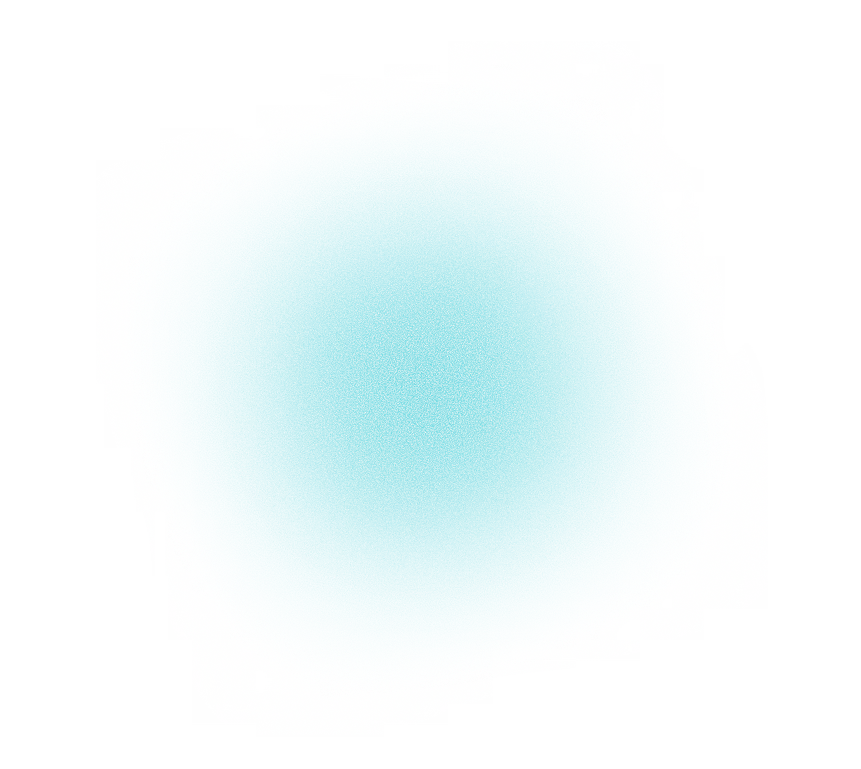OMOP-CDM Data Warehouses to Foster Research to Improve Patient Outcomes
OMOP, OHDSI, EHDEN – say what?
What is OHDSI?
The Observational Health Data Sciences and Informatics (or OHDSI, pronounced "Odyssey") program is a multi-stakeholder, interdisciplinary open-science community with the overall goal of improving healthcare for patients. Through its open-source software portfolio and methods for data standardization and analysis (including OMOP CDM (see below)), it wants to enable analytics on substantial amounts of health data.
What is OMOP?
The Observational Medical Outcomes Partnership (OMOP) Common Data Model (CDM) is an open community data standard, developed by the OHDSI community. It is designed to standardize the structure and content of observational data and to enable efficient analyses that can produce reliable evidence.1
What is EHDEN?
EHDEN is the European Health Data & Evidence Network. It is a federated data network launched to enable international large-scale research to generate real-world evidence (RWE) from real-world data (RWD). From the start, EHDEN has been working hand-in-hand with OHDSI.
Collaboration as an important catalyzer of research and innovation
With most health data being held in an unstructured format (e.g., Electronic Health Records) or in a structured format but in different databases and with different medical coding dictionaries, the data can serve for its primary use within the hospital but becomes difficult to reuse for research. Because of the growing need for standardized health databases, various initiatives have grown in the past decades, including the OHDSI community. The latter developed the OMOP CDM Model to create interoperable health databases. In practice, hospital data gets extracted, processed, and structured (by LynxCare) in the standardized OMOP format, so it can be used to create Findable, Accessible, Interoperable and Reusable (FAIR) data warehouses. These federated clinical data warehouses can serve hospitals as well as researchers to gain insights into real-world populations, on the effectiveness of treatments, the progression of diseases, and much more. This is the concept of a federated approach, as shared by EHDEN.
Data Quality in full transparency
The quality and completeness of the data highly influences the quality of a performed analysis or research. It is therefore of utmost importance that the necessary quality checks are done throughout the data processing cycle, from source data to target data.
LynxCare guarantees data quality through various manual checks. To allow full transparency, LynxCare equally allows the hospital to assess the data quality through:
- Data quality report providing background and transparency on LynxCare’s quality assurance protocol.
Example: Recall (true positive/all positive) and precision (true positive/true positive + false negative) on the datapoint ARDS
- Validation dashboard giving a highly detailed quality assessment of all extracted data from both (un)structured medical files.
Example: “Acute respiratory distress syndrome” or “ARDS” are concepts found under the datapoint ARDS
- Source analysis providing an overview on data sources and population of the OMOP database.
Example: ARDS as a complication originated from structured data in 60% of patients diagnosed with ARDS
- Data dictionary indicating which proxies are used for each variable
Example: Diabetes can be defined based on HbA1C and glucose values.
In addition, LynxCare deploys various OHDSI tools that can connect to the CDM: ACHILLES, ATLAS, and Data Quality Dashboard to ensure hospitals have everything at hand to make optimal use of their data (of which they remain owner and in control at all times).
Want to know more about ACHILLES, ATLAS, and the Data Quality Dashboard? Check Chapter 15 Data Quality | The Book of OHDSI and/or reach out.
A harmonized data warehouse facilitating federated analytics and research opportunities
As a hospital, the advantages of having an OMOP CDM data warehouse with standardized observational health data are numerous.
- A harmonized data warehouse and easy-to-read data visualizations can help to gain valuable clinical insights into the quality of care (e.g., effectiveness and quality of treatments).
- The costs of healthcare could be reduced through information gained from medical and economic analyses of the hospital’s healthcare processes.
- Benchmarking becomes significantly easier, as well as investigator-initiated studies and publications in collaboration with other hospitals with OMOP CDM data warehouses.
- Patient recruitment for clinical trials gets streamlined and can be speed up for a higher ROI.
- As OMOP CDM data warehouse can serve research and contribute to improving public health. Copious amounts of data are needed to gain insights into treatments, diseases, etc. Through aggregated data, researchers can more efficiently and better perform analyses, which could in turn lead to new and improved treatments for diseases.
LynxCare as your sparring partner
LynxCare is an EHDEN-certified SME, EHDEN Data Partner for various Belgian hospitals and complies to OHDSI standards. We help hospitals unlock clinical data, set up databases according to OMOP Common Data Model standards, for better patient care and scientific research. LynxCare’s federated AI data model ensures all data remains under the custody of the hospital. Hospitals are in full control of how that data is used, and patients remain their sole proprietors.
We strongly align with OHDSI's mission to improve health, by fostering collaboration generating real-world evidence that can serve better health decisions, improved care, and research.
Take the first step towards better healthcare insights - Contact LynxCare to learn how your hospital can benefit from an OMOP CDM data warehouse.



